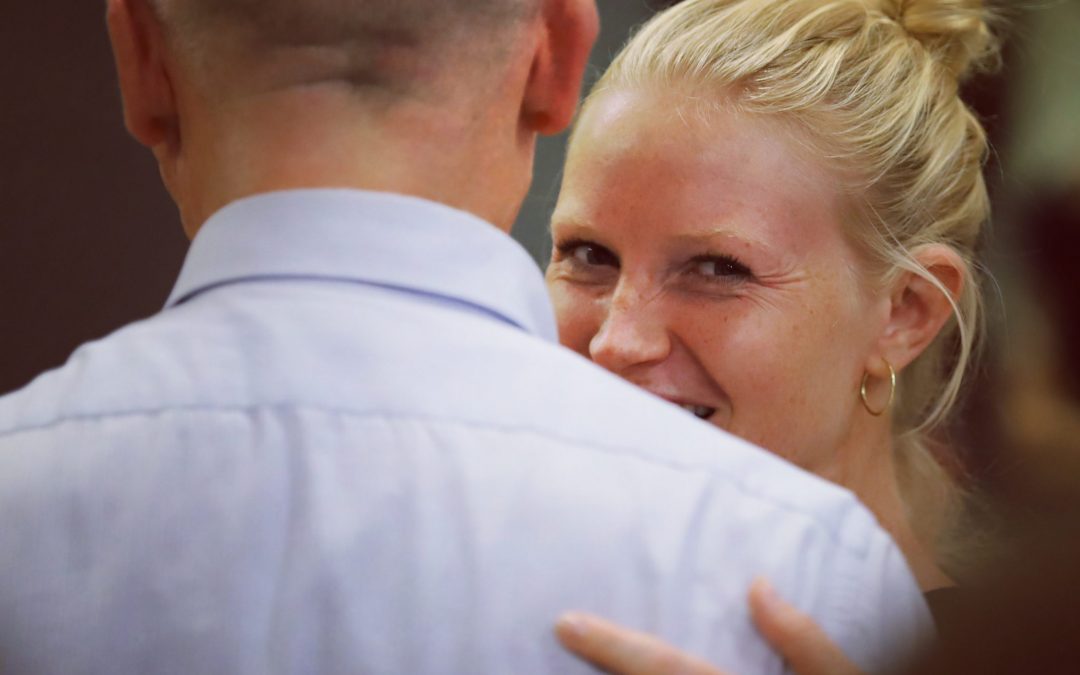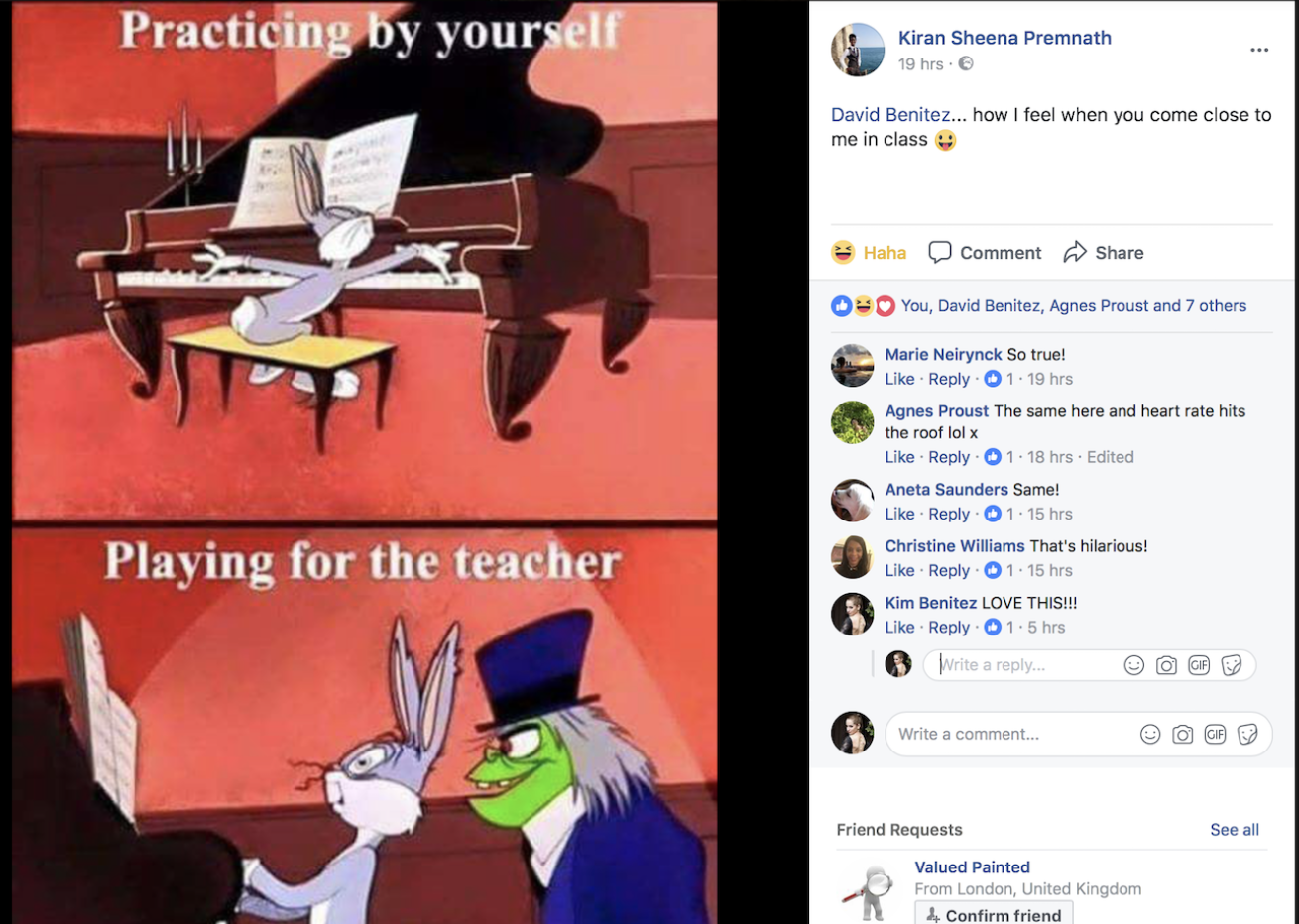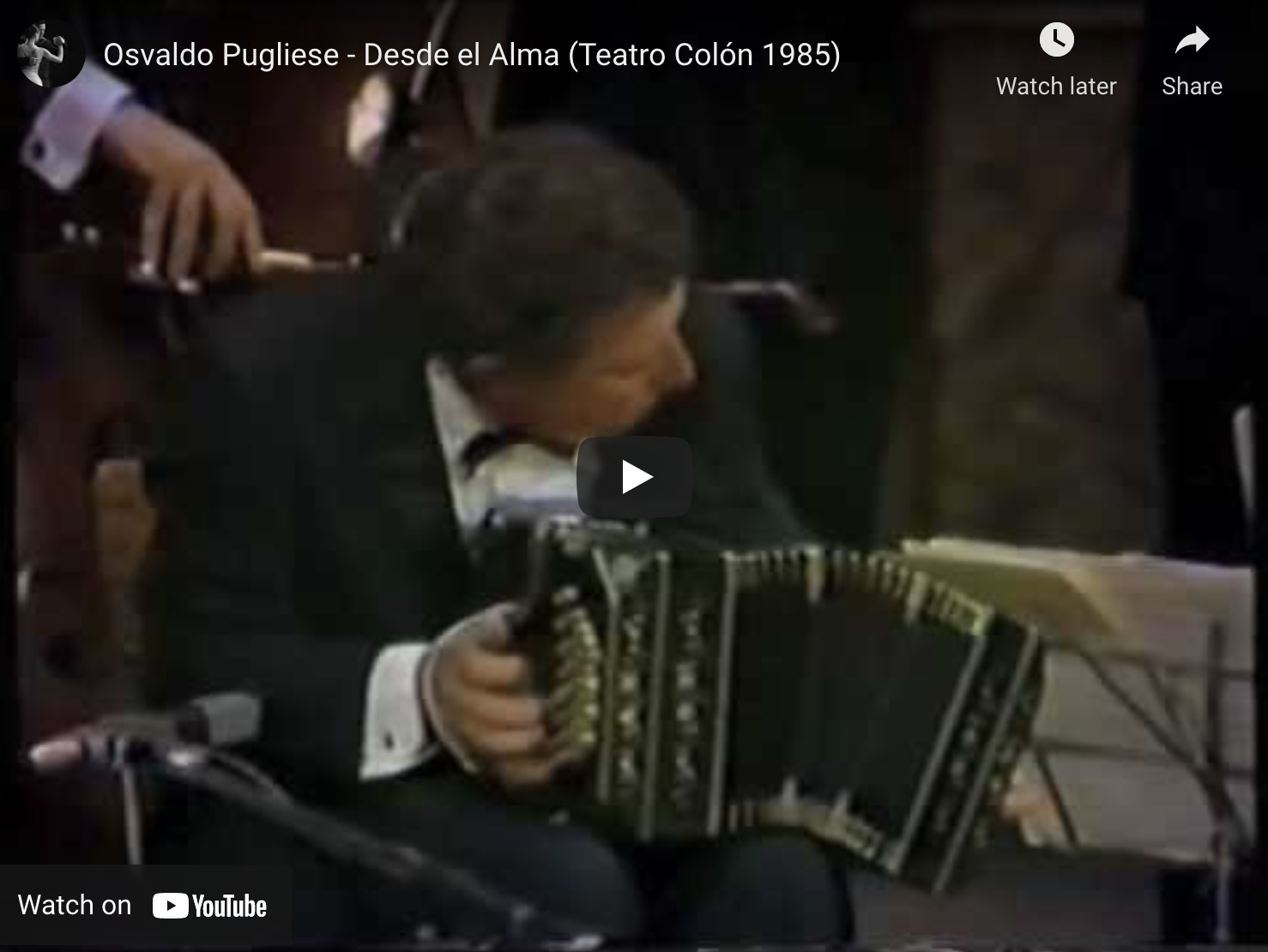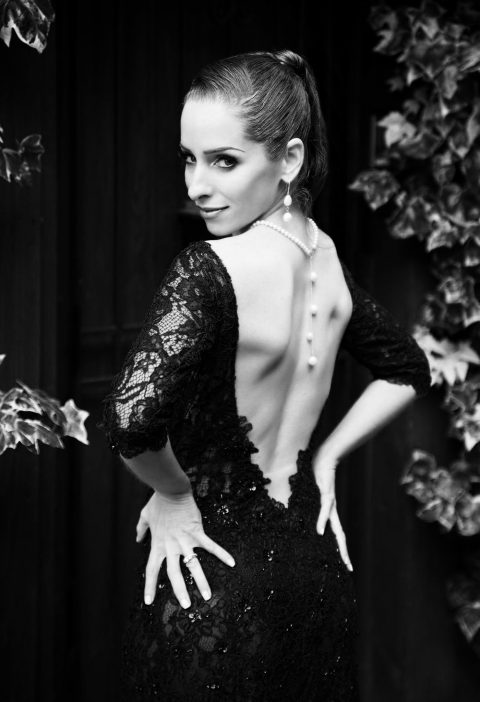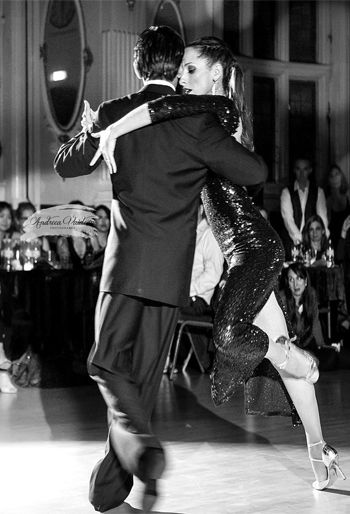Yesterday in our Milonga Workshop, I was working with a group of three followers.
Together we worked on a combination of milonga steps: back, change, forward, extend, repaeat. Nothing too complex!
Once they were comfortable – first with the movements and then with the music – I told them there was something important missing:
“Onda”.
Milonga is not really milonga unless you give it a bit of “onda”.
Two of them had never heard the word. The third – a Spanish speaker – looked a little mystfied: “Wave?” She asked.
I thought for a second. “Onda” can mean different things depending on the circumstances. In Argentina, it is not uncommon to hear that a place has “buena onda” – a good vibe. If someone dresses well, he has “toda la onda”. And if someone does something really nice for someone, you might say: “que buena onda!” – how nice of you!
When you dance and you give it “onda” it means something subtly different. I grappled for the word in English for a moment and then came up with it. Sassy!
Followers we’ve all got to give it some sass! Let go of the technique and let it flow!
But we know that it isn’t so easy. As a follower – and especially in milonga which is quite a bit faster than tango – your brain is almost completely occupied with just responding to the lead. Just remembering to do anything else other than simply follow can be quite a task. And of course you’ll also be trying to keep a good posture, extend your legs and all the other technique tips your teacher has given you.
But with time and especially with partners that you have a good connection with, this will become less all-absorbing and you’ll feel you have more time to breathe! And – hopefully – you’ll start feeling that you can start allowing your personality to come out. Because everyone has their own unique energy, their own unique style. Their “onda”
Remember always that – whether we’re learning milonga, vals or tango – our first step is to become a follower and our second step is to become a dancer! And a dancer with onda!

